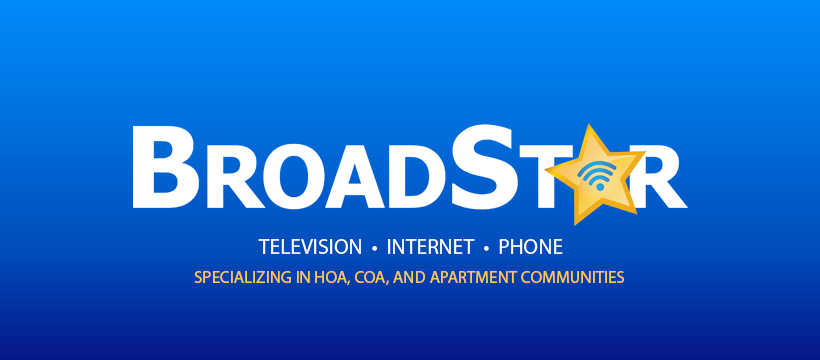Investigating the Effect of Ethernet Protocols on Enhancing Web Connectivity in Multi-Dwelling Residences
Investigating the Effect of Ethernet Protocols on Enhancing Web Connectivity in Multi-Dwelling Residences
Blog Article
Ethernet standards play a crucial function in improving web connectivity, particularly in multi-dwelling buildings (MDUs) like flat buildings and condo complexes. These specifications outline how information is transmitted over systems, ensuring that equipment can communicate efficiently. As more individuals depend on the internet for employment, education, and leisure, having a reliable and fast link in MDUs has become progressively important. By understanding networking standards, property administrators and residents can make knowledgeable decisions about their internet provisions, leading to improved connectivity for all.
One of the primary Ethernet specifications is IEEE 802.3, which outlines the requirements for cabled Ethernet links. This standard has developed over the years, bringing quicker rates and improved efficiency. For instance, the initial Ethernet standard offered speeds of 10 megabits per sec, while more recent versions, such as Gigabit Ethernet, can offer rates of up to 1,000 Mbps. In MDUs, where multiple residents share the common web link, having a rapid Ethernet network can significantly enhance the total user interaction. Quicker rates mean faster file transfers, smoother streaming, and more reliable video conferences, which are crucial for remote work and online learning.
Another important aspect of Ethernet protocols is the implementation of organized wiring systems. These systems arrange and coordinate the system wires that link equipment within a structure. By adhering to the principles set by Ethernet protocols, MDUs can guarantee that their wiring is effective and effective. This organization helps minimize signal interference and improves data transmission quality. Additionally, structured cabling enables for simpler improvements and servicing, allowing it easier for building administrators to adapt to evolving tech needs. As internet usage continues to grow, having a properly organized wiring infrastructure is crucial for maintaining high-quality connectivity.
Power over Ethernet (PoE) is another important development in Ethernet technology that benefits MDUs. PoE allows network cables to carry electrical power along with data, eliminating the need for individual electric supplies for equipment like safety monitors, Wi-Fi access points, and VoIP phones. This capability streamlines setup and minimizes clutter, making it easier to set up a complete system in multi-unit units. By utilizing PoE, property managers can enhance security and improve internet access throughout the building without the added expense of extra power installation.
In summary, Ethernet protocols have a profound impact on internet access in multi-unit units. By providing quicker speeds, structured wiring, and innovative features like Electricity over Ethernet, these standards help establish a reliable and efficient network for residents. As tech continues to advance, remaining informed about Ethernet protocols will be crucial for property administrators and tenants alike. By investing in the appropriate framework, MDUs can ensure that all original site tenants experience a seamless web interaction, making their homes more connected and convenient.